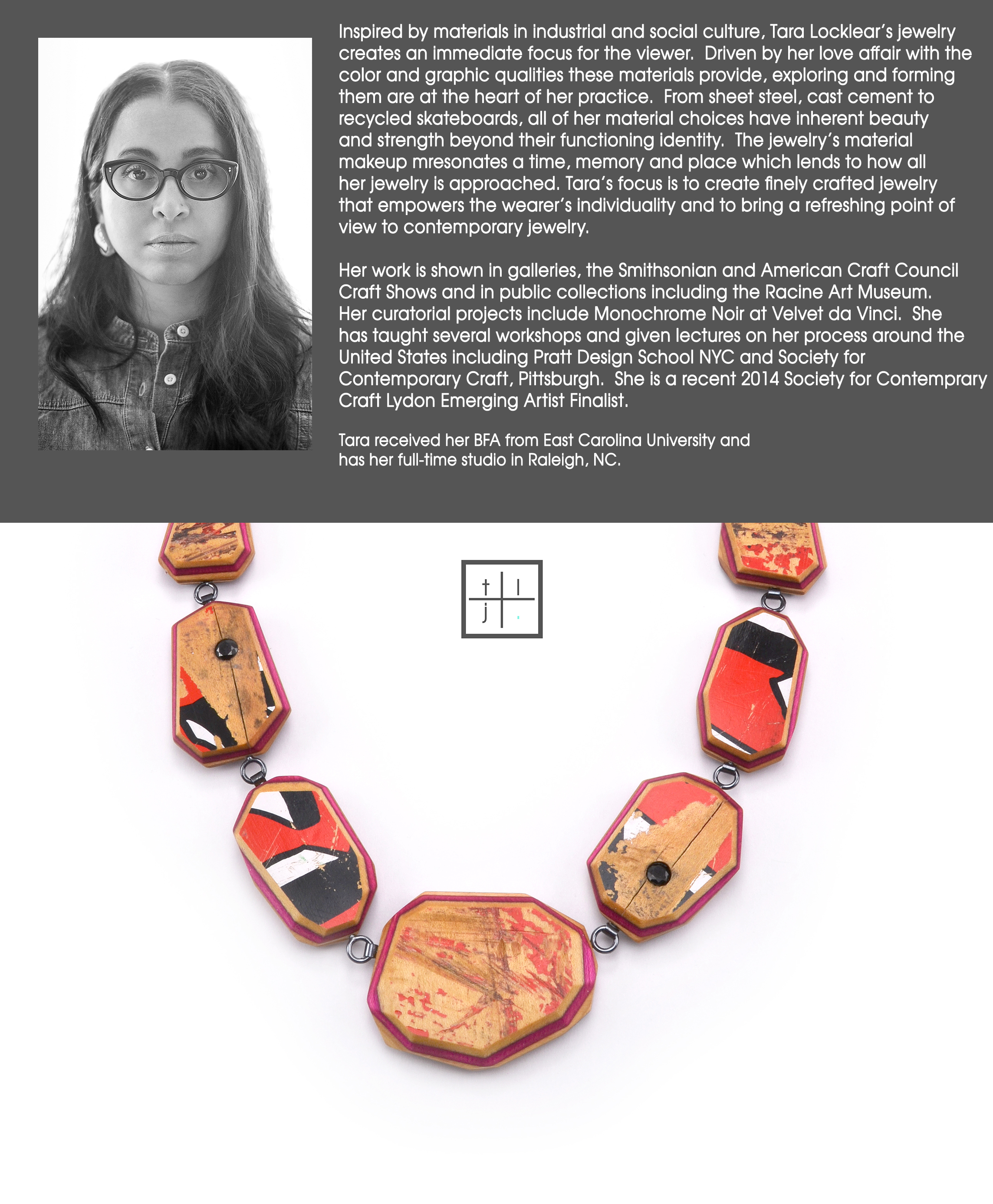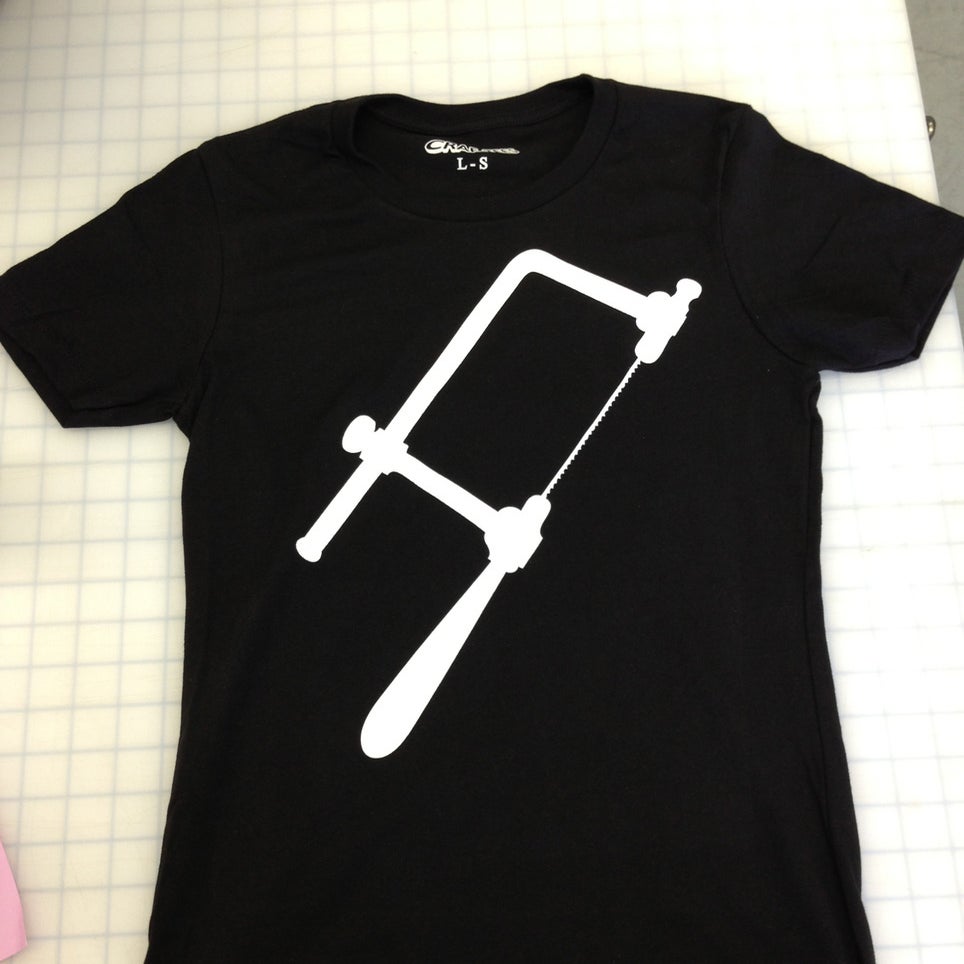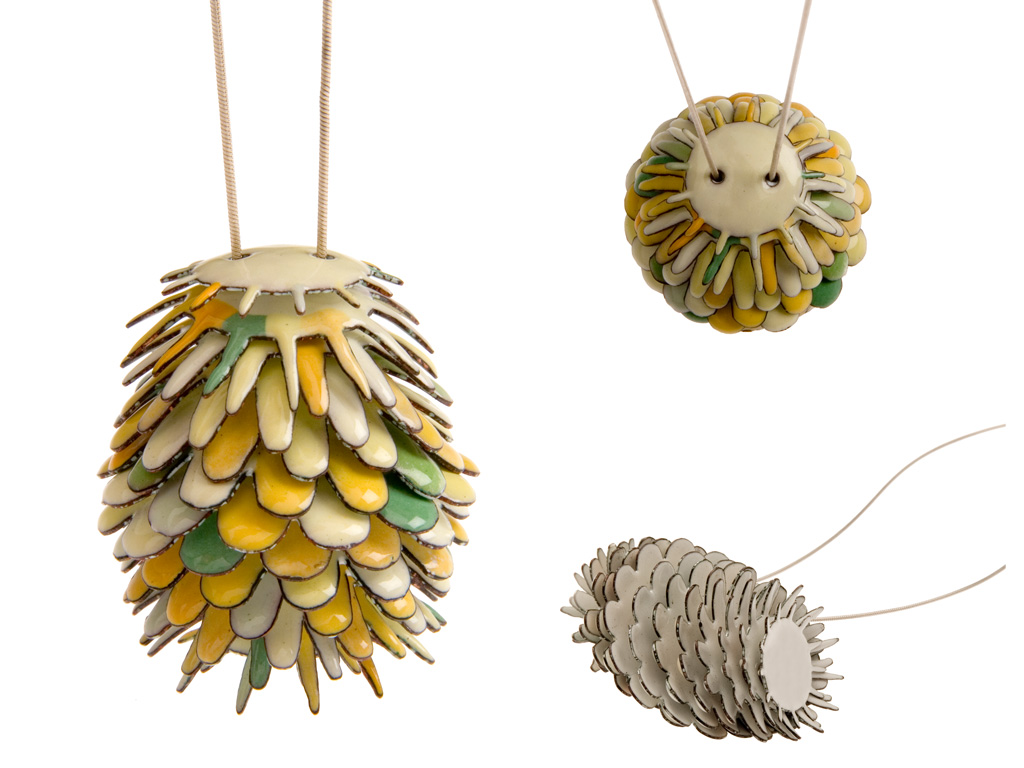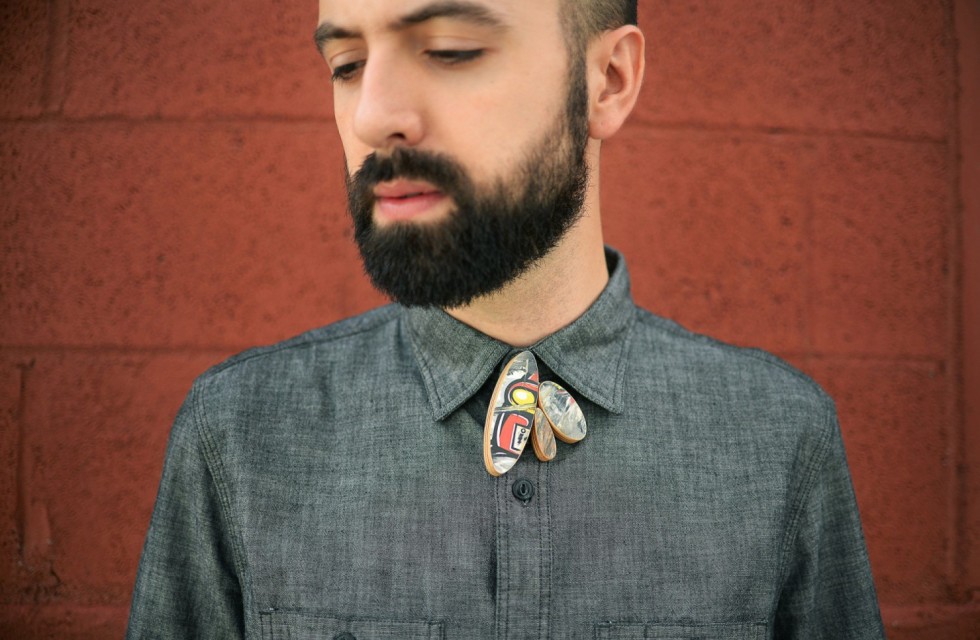See you in class!
Wednesday, September 30, 2015
Tuesday, September 22, 2015
Excel spreadsheets/ASSIGNMENT #2
David Bielander lecture (required) Sept 30th at 4:30 Library 228
STUIDO BUDGET - ASSIGNMENT #2
STUIDO BUDGET - ASSIGNMENT #2
Each student is to create a
budget to start a studio after school. Include everything you will
need to get started. Consider everything!
This includes, rent for a
studio, utility bills, gas tank rentals, materials, tools, furniture,
advertising etc. You will have to call around to get quotes for these
things. Consider the things that people forget about such as renter’s
insurance, transportation (back and forth to shows, getting supplies etc),
taxes, business license, and so on. The budget should include projections
that describe your short-term goals (1-year plan) and also your longer term
goals (a 5-year and a 10-year plan). I might be helpful to create a rough
timeline of how you might achieve some (or all) of these goals. For example:
calculate operating costs, research models, apply for a credit line, buy a
laser engraver, take on small projects to pay it off in three years, payments
are $150 a month for 36 months, rent time on machine to make payments etc.
Calculating studio rent:
If you are planning on
having a studio at home an easy way to calculate cost is
the estimate the percentage the studio will occupy.
For example lets say you have a two bedroom apartment which has a
kitchen, dining room, living room and two bedrooms.
Lets also say that your
studio will occupy one of the bedrooms. This is 1/5th of your apartment. Your
apartment costs $1,000.00 a month. 1/5 of $1,000.00 is $200.00 a month.
To calculate square footage just measure the room. Lets say the bedroom
is 10' x 15' which equals 150 square feet. This means your studio costs
around $1.33 a square foot.
You can also calculate your
bills by checking how much your electrical or gas increases after you start
using your studio. This should get rolled into your operating budget.
Operating budget:
Your operating budget is
how much it costs your business to run every month. So we have already figured out that it costs $200 a month in rent. You should also add in gas, consumables (saw blades, paper, ink, metal, pickle etc) utilities (heat, electrical, internet, cellphone, water etc). You could also calculate how much traveling you do on average (will you be driving to your studio? to the store? calculate mileage.) Show fees? Casting bills? Packaging? Shipping?
Tools:
You should calculate what you will need to buy right away to get started. For example, Flex shaft, Torches, gas tank, pickle, bench, etc. If you already own these things try to calculate how much they are worth. For the tool list, go through the Rio catalog and note the serial number, quantity and price. Make a list of everything you will need now, in five years, in ten years. Will it pay off to buy a burnout kiln, a casting machine, flasks, wax and plaster or is it better to source it out to a casting company.
Business plan:
Make a five year plan laying out what you will do. For example, I plan to apply to exhibit my work at galleries, trunk shows and craft exhibitions. Calculate how much return you might get from these endeavors. Galleries normally take a 60/40 bite. When you do a craft show you get to keep all the profit but often have to pay to play.
Margaux Lange
Megan Auman





Phil Renato




Wednesday, September 16, 2015
Assignment #1 The Interview
Assignment
#1
Artist
Interview 2-3 pages
This exercise will require you to identify a jewelry artist or designer that you find inspirational and are working in ways that interest you.
You will be
required to contact an artist and interview them about their current practice.
This will ideally be done using Skype, although phone and email can also be
part of it.
During class, you will make a short 10-minute presentation about
your chosen artist and describe to the class what you learned. You will also
hand in a written transcript of your conversation and a 1-page reflection
summary.
If you would like to go on location to do your interview you may submit a short video. You should only do this if you feel that you and your artist are comfortable with this format. You will also need to be familiar with editing software.
Here are a few tips when conducting your interview
First, do your research. I have found that even the most planned interviews (think typed list of organized questions, lots of time, quiet interview location) have a peculiar way of going awry. It’s good to have a framework to base your questions on, but understand that the natural course of conversation, and small bits of information the artist brings up, may lead to better or deeper conversation on the topic. This is why a broad understanding of the artist’s work is helpful. Also, what is the scholarly basis for the exhibition or work for which you are gathering material? This may sound elementary, but you don’t want to base your line of questions around an artist’s use of materials when the curator is expounding on spiritual influences in the show.
Know your audience- and your interviewee. Who are you interviewing? Who will watch the resulting video? A famed scholar or author will require a different form of questioning than an emerging artist. Likewise, the resulting videos will have different audiences. Determining who it is that you are working with, and for whom, will lead to a stronger outcome.
Be respectful, but ask the hard questions. This makes me feel like I’m trying to be Oprah. However, I think it can be easy to ask surface questions or let the interviewee gloss over something which is vital to the understanding of their point of view. By understanding who the audience is, I can re-frame questions when I feel that the artist is simplifying or missing a key point. Following the thread of what the artist is saying is how to get the richest, most meaningful content.
Make it a conversation. Very little to none of my face or voice ends up in the final product, however, having a lively or engaged discussion with an artist results in better, more useful or dynamic footage. The person being interviewed may be uncomfortable, so creating a relaxed environment where they can feel comfortable to think about what they would like to say or pause for a breath is key. A sense of humor goes a long way.
Make steady eye contact, smile, but don’t be creepy, and don’t make any noise. This is harder than it sounds. I have found that I am an automatic “mhmmmm”-er. I had to work very hard to stop these conversational soothers. I have replaced this with ardent, almost nonstop, nodding (I only occasionally notice I am doing it!) Again, I try to not look too crazy. I think this is my unspoken cue to my interviewee that I am keenly listening to what they are saying.
Speaking of- Listen! This can be especially hard in an uncomfortable situation; my mind tends to race ahead to the next question when I am nervous. However, this is the most important part of being the interviewer.
Tuesday, September 15, 2015
Being a professional means:
"Approaching work in the spirit of collegiality, commitment, altruism, and accountability. Putting in an honest day’s effort while caring about our work and working toward successful accomplishment of it. Doing things well even under challenging circumstances, and carrying out our work because it is the work we have accepted to do." -Jane Bozarth
Monday, September 14, 2015
HEALTH AND SAFETY DISCLOSURE:
This course and all Metal Arts courses at RISD pose potential health risks to people with dust and chemical allergies, as well as to women who are pregnant. Please consult your physician with questions as to your particular situation. If you have a medical situation in class, please inform the instructor and your doctor. Students enrolled in Metal Arts courses are expected to abide by safety rules when working in the studio. If a student is not following proper safety regulations, they may be asked to drop the course.
EMERGENCY NUMBERS: Police and Fire 911 Off Campus: 401 454-6666 On Campus: Public safety ext:6666
COURSE DESCRIPTION
This course is intended to be an interactive lecture class. A series of distinctly varied individuals active in the field of jewelry will be invited to make presentation about their professional development. These diverging presentations
are intended to offer a catalyst to stimulate questions,
and encourage group discussion. Among the subjects to
be presented are: individual studio practice, designing for industry, gallery connections, non-profit opportunities, partnerships, global opportunities, curatorial and journalistic prospects, wide world of the web, post graduation educational options, support systems for RISD alumni, residency prospects, and technology as resource for design and production
COURSE OBJECTIVES
This course will introduce students to general business and professional practices that are relevant to the fine arts and particularly related to contemporary jewelry. Our focus will be on career preparation and personal development.
Topics to be covered include:
- building and maintaining a current portfolio
- writing your biography and resume (or curriculum vitae)
- setting goals and career planning
- approaches to working with galleries and museums
- techniques for exhibiting your work in galleries, museums, shows, or other alternative spaces
- self promotion and your online presence
- making connections and networking
- writing for grants, proposals, and residencies
- studio setup and ways of working
- research and approaches to coming up with ideas
RESEARCH:
Each student will be required to be actively involved in individual research with each project. This may include drawings, readings, models/ maquettes, written work and contemporary and historical research to further their ideas and help give context to the work produced. All forms of research should be used. This includes but is not limited to Pinterest, Tumblr, Flickr, Facebook, Instagram, scrapbook, sketchbooks, Magazines, etc.
BE RESPONSIBLE:
You are expected to bring all necessary materials for each day’s assignment. You are expected to be in class on time, stay the full time, and make the most of the class time for completing your work. If you miss a class, it is your responsibility to find out what you missed and be prepared for the following class. Get to know your neighbors (phone #’s); use each other! Call your friends! If you need my assistance catching up on materials missed, you must meet with me outside of class. I will not spend class time going over missed material.
ATTENDENCE:
Attendance is mandatory. Not only is this common courtesy, but missing a class, being late, unprepared, etc. affects your performance and my ability to conduct class and help others at the most effective level. Only 1 absence will be excused. Any additional absences will lower your final grade by HALF of one letter grade for each additional absence. You may work off an absence by: writing a 2-page analysis/ reaction to a show/visiting artist lecture. This is an academic and research based essay so it should be written as such with adequate importance placed upon content, structure, spelling and grammar. This paper will be accepted no later than two weeks before the final class day.
CRITIQUES/DISCUSIONS/PRESENTATIONS:
Critiques will be held at the end of each project. If a student misses a critique (unexcused), there is a 40% reduction on that particular project. Late work will be reduced one letter grade. Late projects are due within one class period following the project due-date, except the final project, which is graded only on the due-date. You may resubmit a project (except the final project) to improve your grade to a maximum of a B+. Resubmitted work is due one week after grades are returned. Be aware, turning in projects late or resubmitting them often compromises work on the next project.
GRADING:
Projects will be assessed by these criteria - technical accomplishment, sophistication of concept, idea engagement, problem-solving, demonstration of research, timely completion of well-executed samples.
Technically, each project is equal to 20% of your grade (three projects and sketchbook, four total =80%). The last 20% is determined by your commitment to in-class work, your demonstrated interest in the subject, enthusiasm, and degree of artistic experimentation. Other factors include the quality of your samples and sketchbook, timely completion of projects, and attendance record.
Late projects or incomplete projects will receive reduced grades. Unfinished work will not be critiqued. A grade of Incomplete will only be awarded on the basis of circumstances delineated in the App State student handbook. Please refer to that document for further information regarding Incomplete grades.
GRADE BREAKDOWN:
A
Clear and complete understanding of the concepts introduced by the assignment. Creative and individual application of these concepts in problem solving. Sensitive use of materials and tools Extensive participation in class discussion and critiques. Good work habits.
B
Good understanding of the concepts introduced by the assignment. Creative and individual application of these concepts in problem solving. Good use of materials and tools Participation in class discussions and critiques. Good work habits.
C
Average understanding of the concepts introduced by the assignment. Average application of these concepts in problem solving. Some understanding of materials and tools. Limited participation in class discussions and critiques. Average work habits.
D or F
Incomplete understanding of the concepts introduced by the problem. Poor application of these concepts in problem solving. Poor use of materials and tools. Little or no class participation.
A = 90-100%, B = 80-90%, C = 70-80%, D = 60-70%, F = below 59%
BLOGGING (20%)
I have created a private (only visible to the class and invited guests) blog site specifically geared towards this course. You will receive short blogging assignments throughout the semester - these assignments will address specific themes within the context of the course and require you to understand how to post to a blog.
I ask that you read the blog regularly, post comments in response to other classmates and my posts, and provide content to stimulate class topics and discussions. The blog can be an active part of your senior degree project year and is an opportunity for you to share helpful information with each other.
ASSIGNMENTS (50%)
Assignment #1 Artist Interview 2-3 pages
This exercise will require you to identify a jewelry artist or designer that you find inspirational and are working in ways that interest you. You will be required to contact an artist and interview them about their current practice. This will ideally be done using Skype, although phone and email can also be part of it. During class, you will make a short 10-minute presentation about your chosen artist and describe to the class what you learned. You will also hand in a written transcript of your conversation and a 1-page reflection summary.
Assignment #2 Studio budget
This will be your first assignment in this course. Each student is to create a budget to start a studio after school. Include everything you will need to get started. Consider everything! This includes, rent for a studio, utility bills, gas tank rentals, materials, tools, furniture, advertising etc. You will have to call around to get quotes for these things. Consider the things that people forget about such as renter’s insurance, transportation (back and forth to shows, getting supplies etc), taxes, business license, and so on. The budge should include projections that describe your short-term goals (1-year plan) and also your longer term goals (a 5-year and a 10-year plan). I might be helpful to create a rough timeline of how you might achieve some (or all) of these goals. For example: calculate operating costs, research models, apply for a credit line, buy a laser engraver, take on small projects to pay it off in three years, payments are $150 a month for 36 months, rent time on machine to make payments etc.
Assignment #3 Defining and describing your creative practice. 2 - 3 pages
During second semester senior year, you will create your artist statement as part of your degree project. This short writing assignment can be used as a beginning for formulating your thoughts about your creative practice. What is it about jewelry that excites you? How do you define yourself as an artist or designer? What motivates your ideas and ambitions? Is there a specific or recurring theme or content within your jewelry work?
Assignment #4 Professional packet, packaging and logo
For the purposes of self promotion, you are to create a professional packet that will require you to create a series of documents that all professional artists must have available. You will produce a short biography, a 1-page resume, and a curriculum vita (CV). You will submit drafts of these documents to me, receive feedback and comments, and then revise and finalize your documents. Next semester you will be writing your artist statements as part of your degree project. These will eventually be added to your collection of self promotion documents as well. On top of these documents you will be asked to create a package for a piece that includes a logo/identity system. This should be included with your packet or be your packet.
Assignment #5 Production model and projections
Create a mock setup/proposal for putting a piece into limited production. Start from the beginning even before you start thinking about about to make. Will you pay yourself an hourly wage? What would be worth putting into production? What will it be made of? What is the best way to do a limited run? How much would it cost to make it? Is there a better way to make it? Where will you sell it? How much will it cost to sell it? Will you have to package it? Gallery? Etsy? Handmade market? Try to think of everything. Create a spreadsheet to help calculate costs. Present a “business proposal” for your limited production object. Make a model for a casting or a visual reference. Include your identity system from Assignment #4 (This project may turn into a departmental fund raiser project. Think badge, button or coin!)
APPLYING TO OPPORTUNITIES (15%)
You will be required to apply to a minimum of 3 of the following: exhibitions, grants, scholarships, or other professional opportunities. Throughout the semester, we will discuss application strategies. I will also provide a regularly updated list of calls for entry as part of our class blog.
CLASS PARTICIPATION (15%)
Class attendance is obviously required. I would like you to be active participants in the discussions and class exercises. In keeping with our professional practices theme, I will only accept work on time. Being professional means no excuses for lack of planning and time management. You must meet deadlines and budget your time accordingly.
CALENDAR:
Sept 10th Departmental meeting (short project intro)
Sept 16th
Introductory presentations
Introduction of Assignment #1
Class blog and how it works
Lecture on web presence and options
Mentors/Idols/Templates
Sept 23RD
Lecture on budgets and spreadsheets
Introduction of Assignment #2
Logos and icons
Q and A prep for Tara
Sept 30
Assignment # 2 due
Introduction to Assignment #3
Web presence (social media and other)
Visiting Artist Tara Locklear
Lecture and Q and A
Q and A prep for Brooklyn Metal Works
Oct 7th
Introduction to Assignment #4
Visiting lecture Brooklyn Metal Works
Lecture and Q and A
Oct 12th
Columbus day, no classes
Oct 14th
In class presentations for Assignment #1 due
Assignment # 3 due
Oct 21
Midterm reviews
Rough draft of Assignment #4 due
Q and A prep for Boris Bally
Oct 28th
Studio visit with Boris Bally
Last day to withdraw Nov 2nd
Short day (Field trip)
Nov 4th
Adam Whitney lecture and Q and A
Running a business, partners, etc.
Introduction of Assignment #5
Q and A prep for Zach Lopez
Nov 11th
Zach Lopez lecture and Q and A
Ideation, Creation, projections
Nov 18th
Short presentation on Professional work
Brief lecture on my limited production work
Possible visit from studio artist (TBA)
Nov 25th
Thanksgiving break through the 29th
Dec 2nd
Assignment # 5 due
List of requirements for final
Dec 9th
Final day wrap up
Final Crit Assignment #4 due
Dec 15th
Final Review
Subscribe to:
Posts (Atom)








